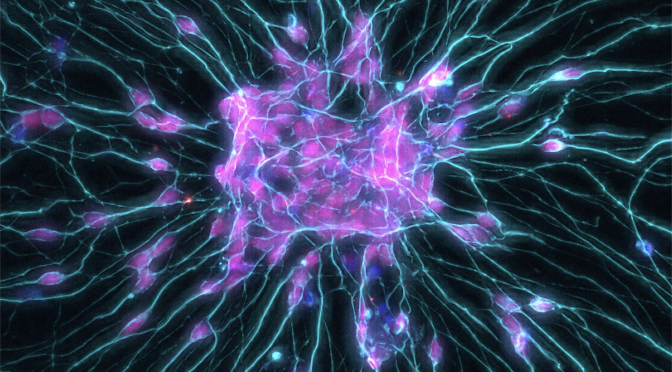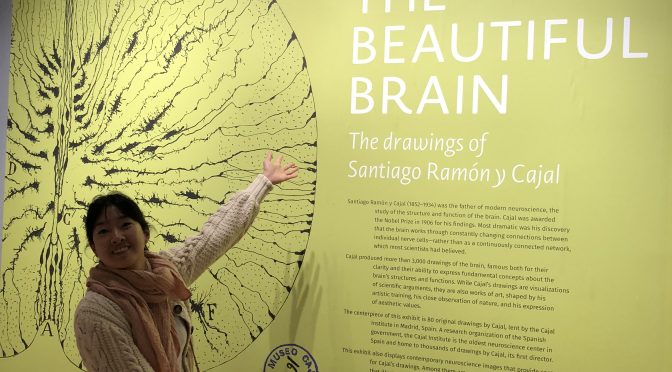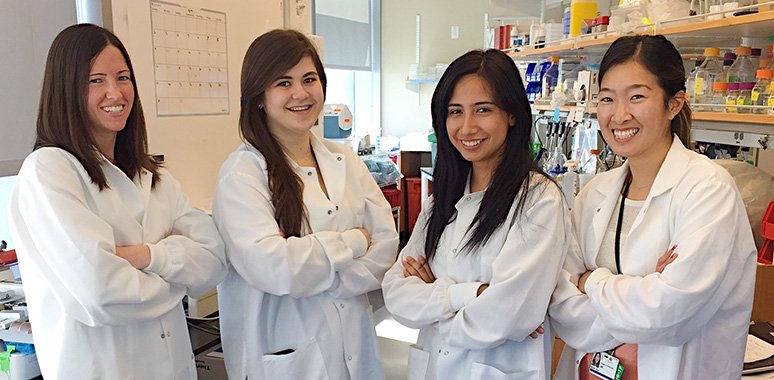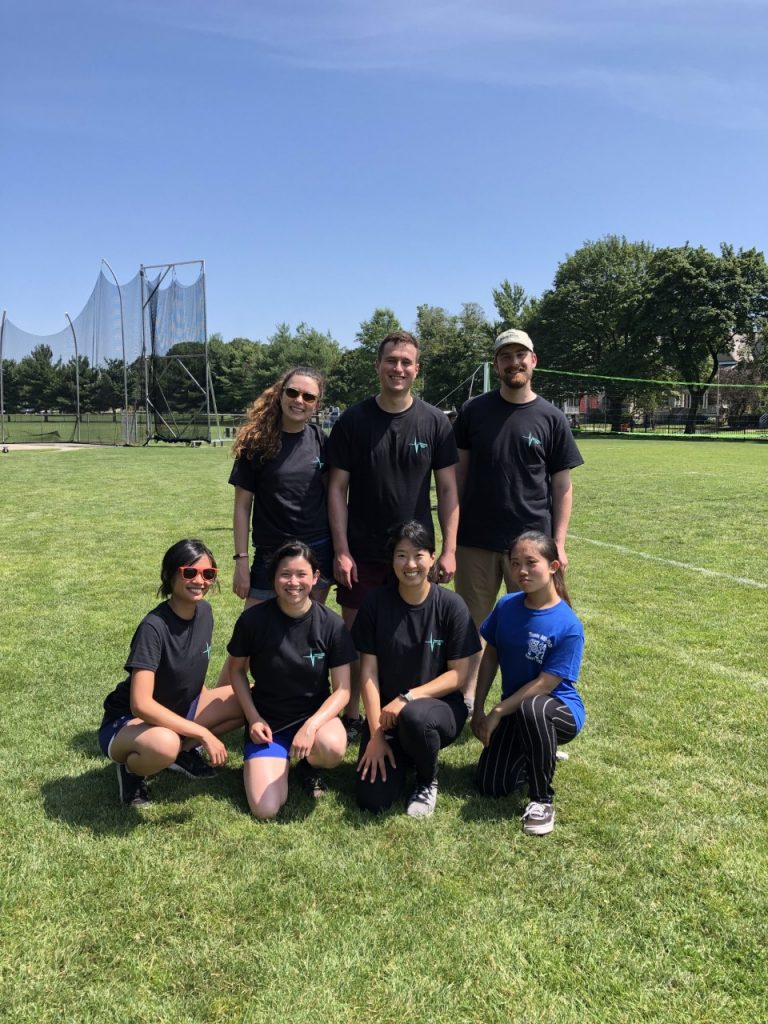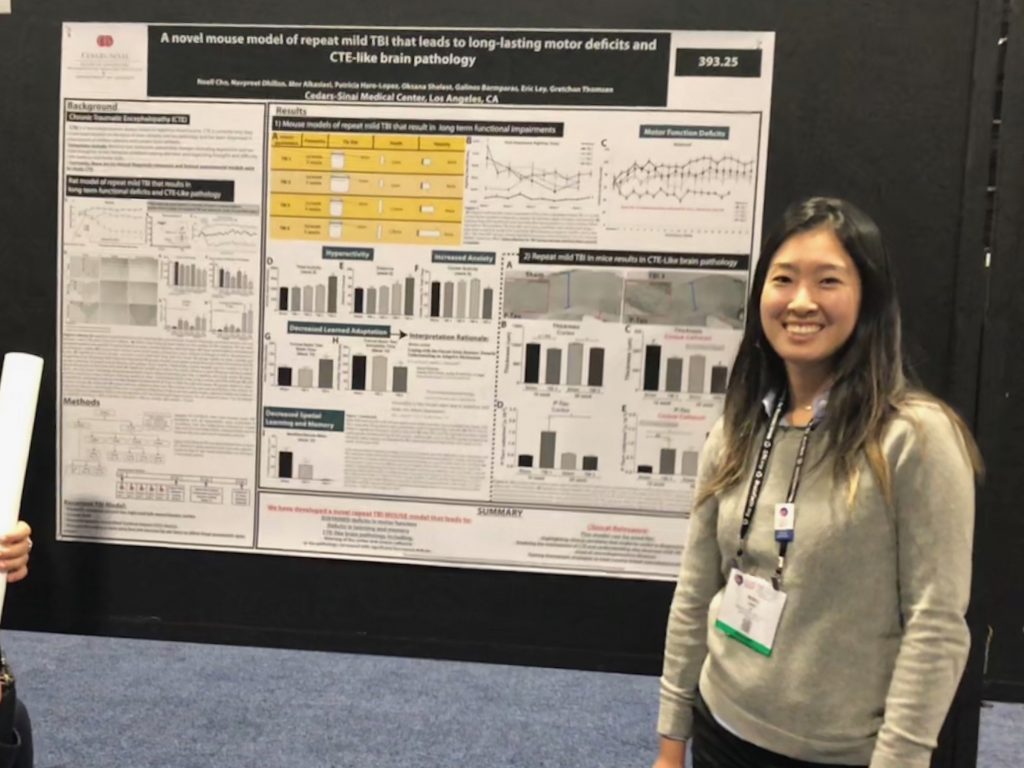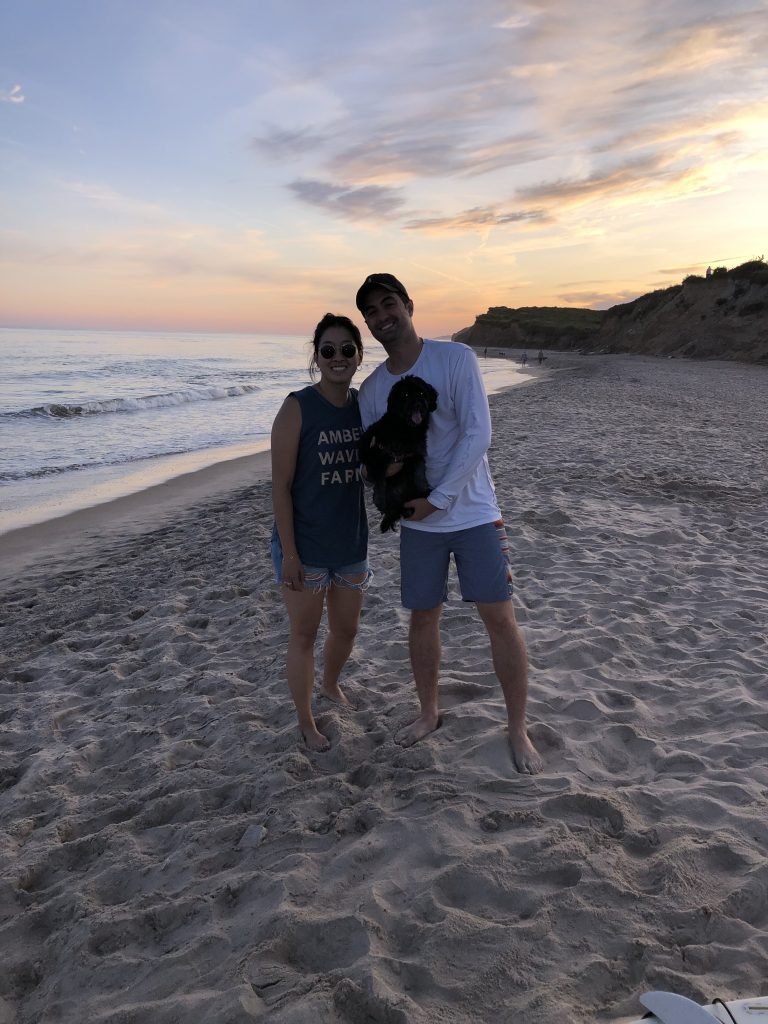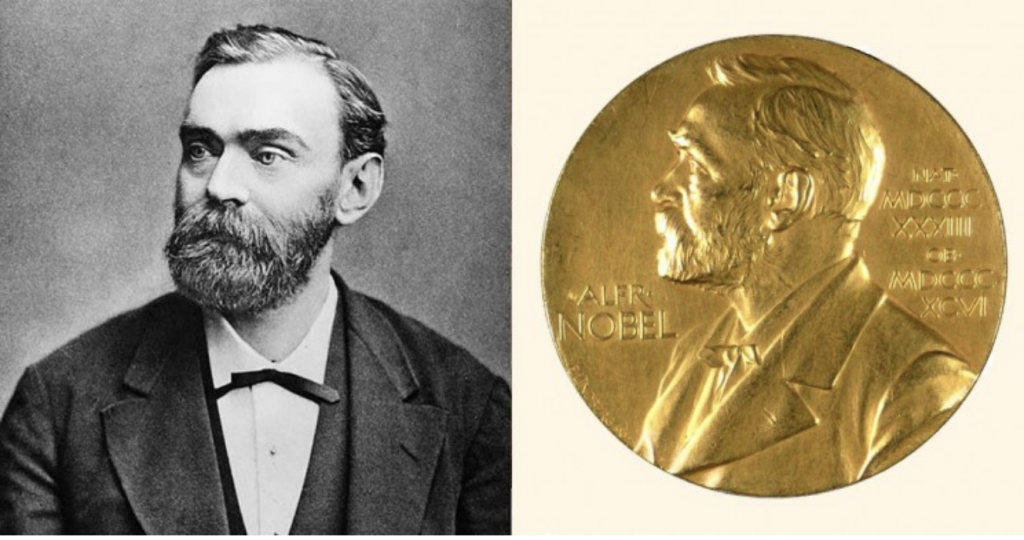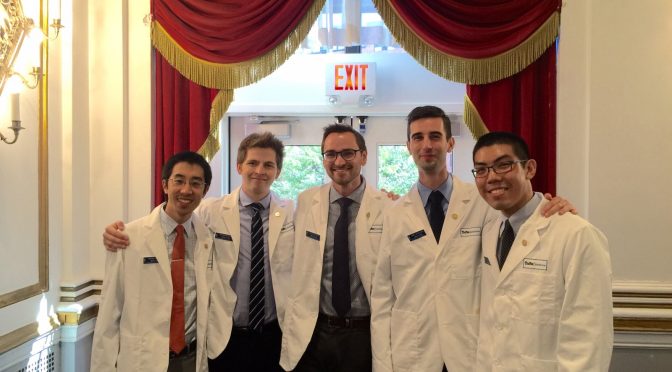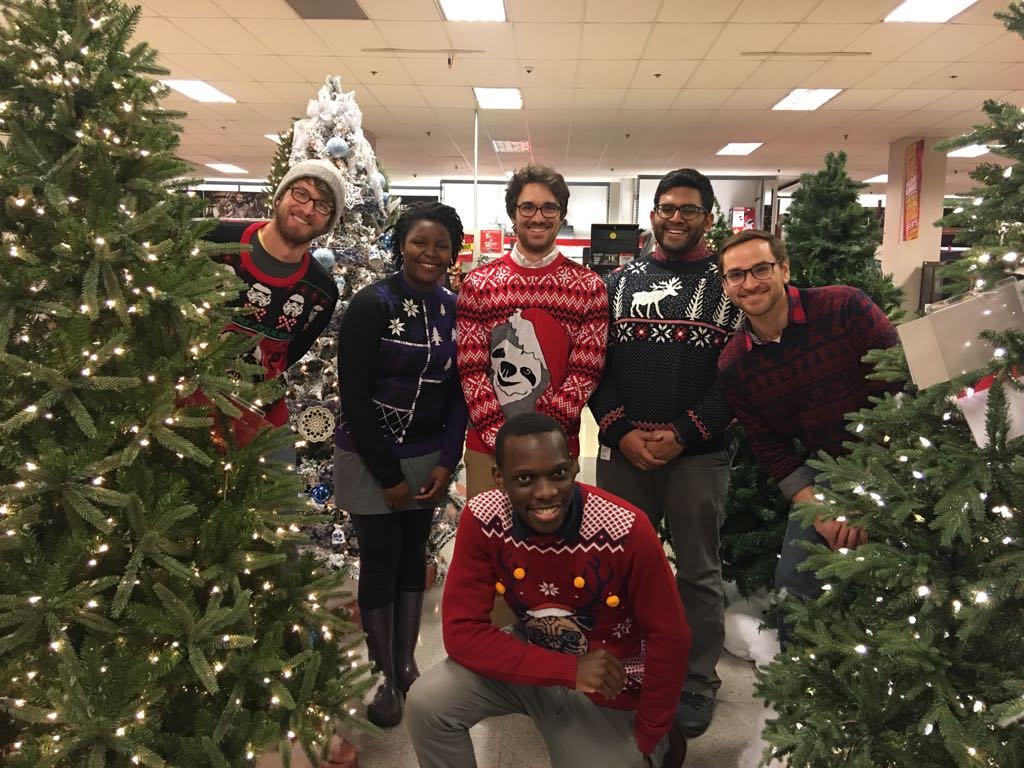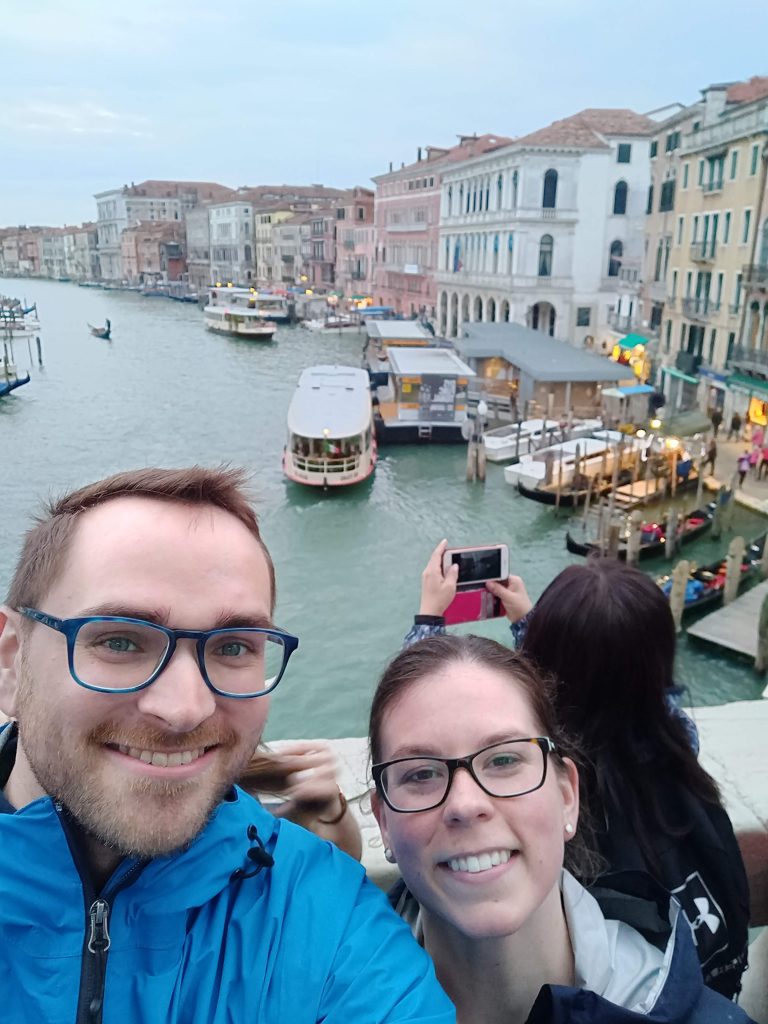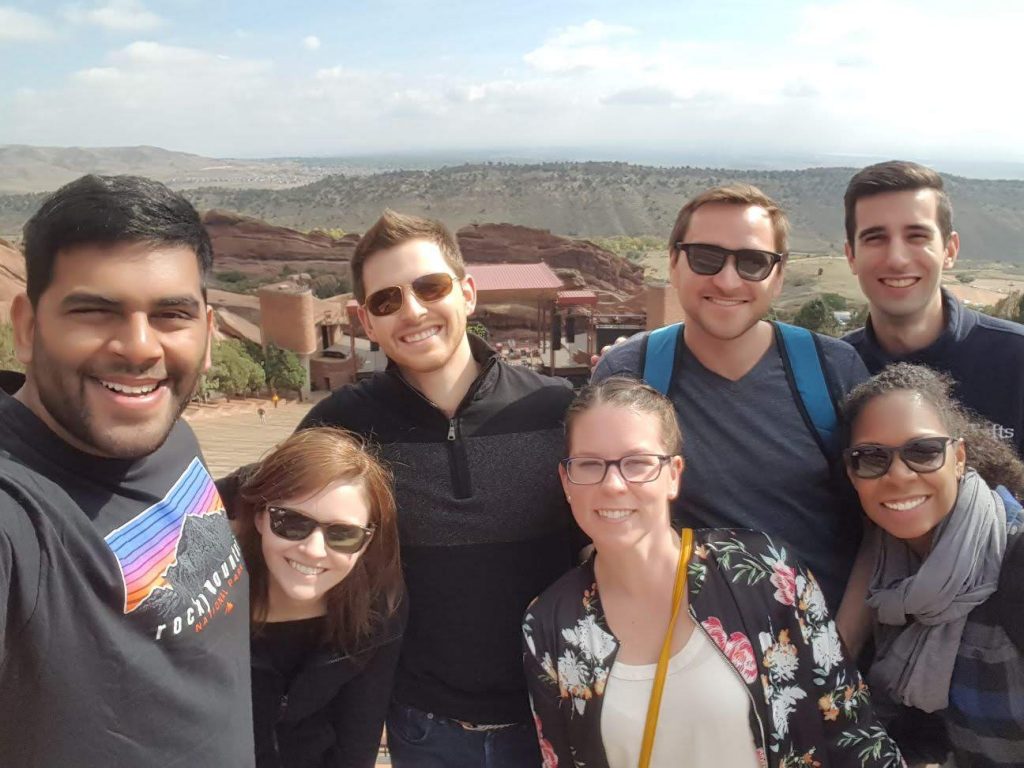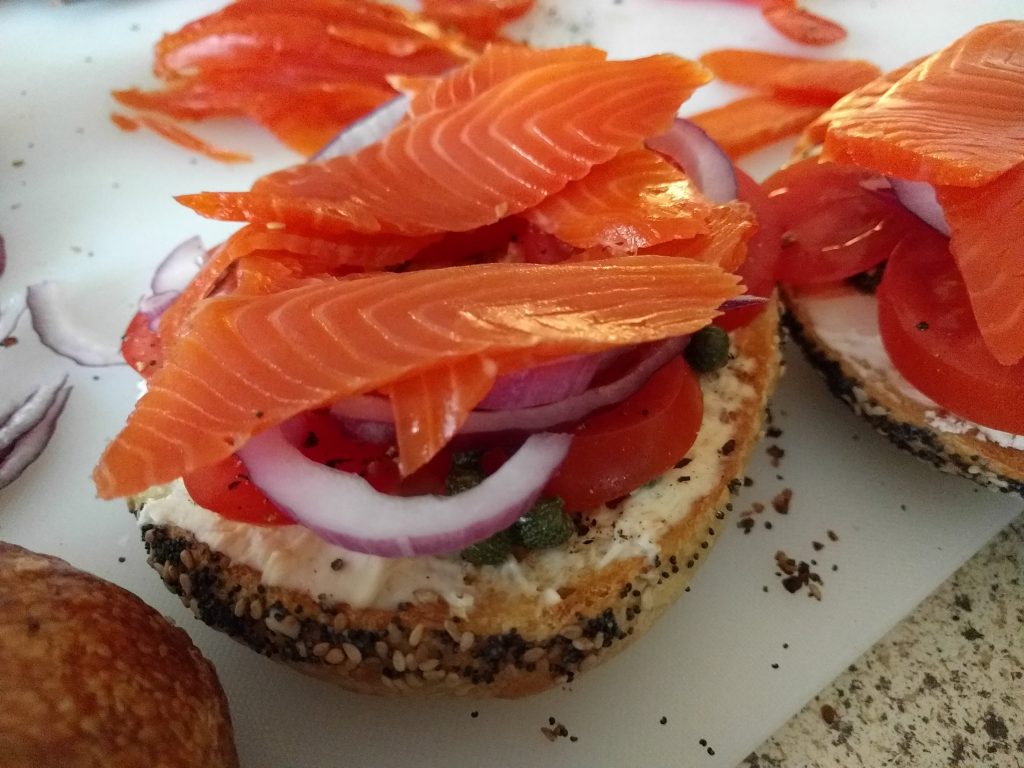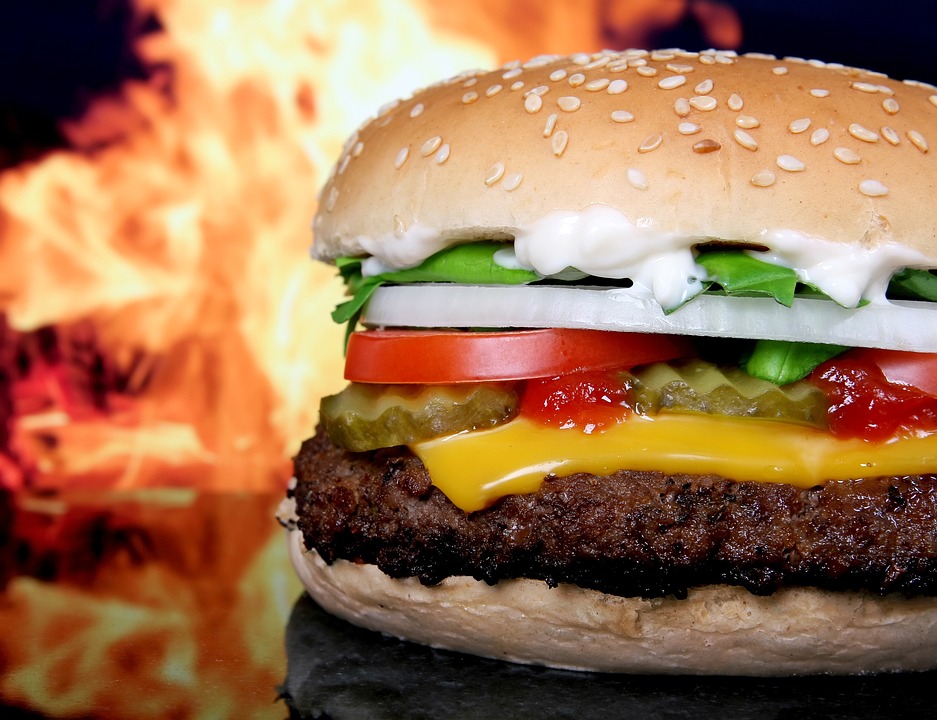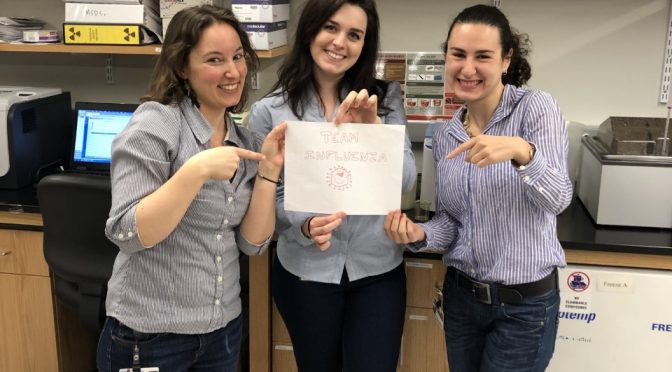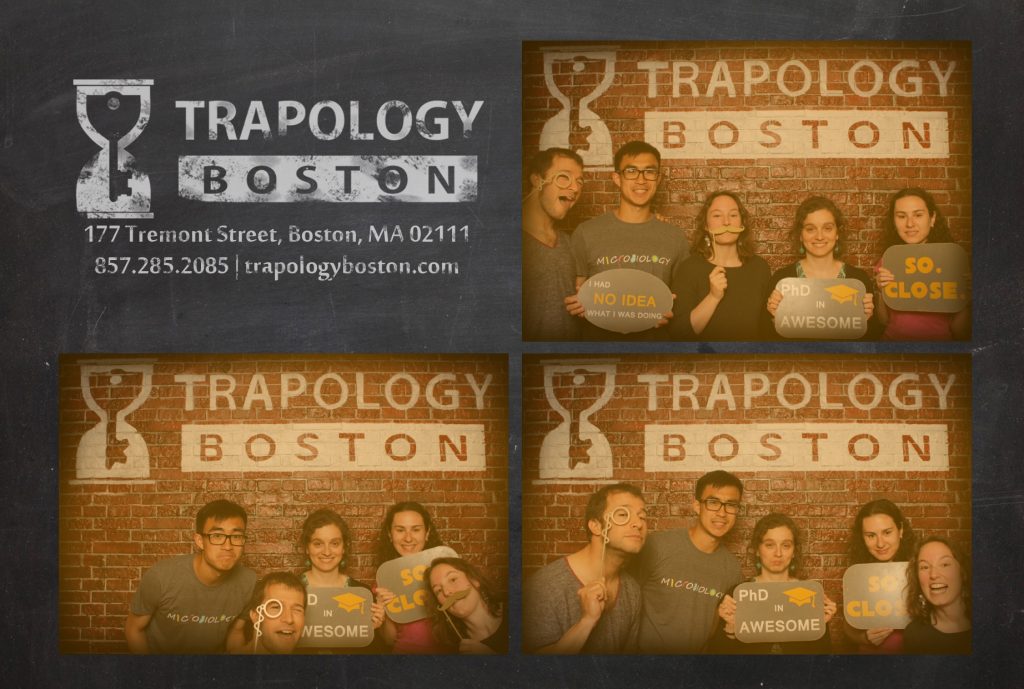Can you find artist among the scientific community? If you ask someone off the street if they consider a scientist an artist many may answer no; perceiving scientist as dull people in lab coats. This early March serval scientist at the Tufts Boston Campus where challenged to strut their artistic skills in the Sci-Art Competition helping break down the dull scientist persona people often perceive.
Jacob Klickstein, a Neuroscience student won first place with his “Brain Storm” piece. The piece was part of his current lab work in which he was looking at a cluster of iPSC-derived lower motor neurons stained for a cytoskeleton marker (TuJ1-cyan), a nuclear marker (dapi-blue) and a motor neuron-specific transcription factor (Hb9-red).
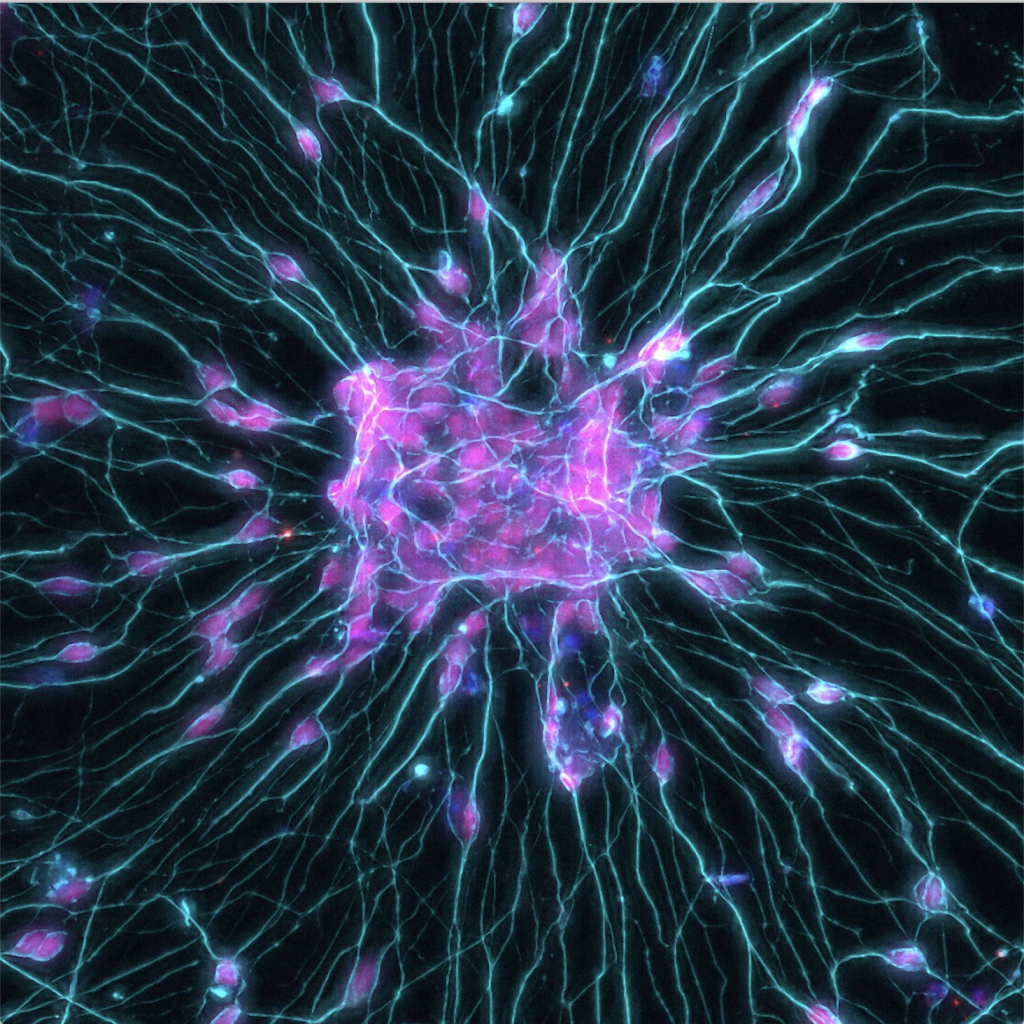
For second place, we had a tie between graduate students Ashlee Junior and Linus Williams. Ashlee is a Genetics student, her piece titled “INVADERS!” showcases Candida albicans filaments invading an agar plate.

Linus Williams is an Immunology student, his piece “A heart, broken by rejection”, is a Maisson’s Trichrome of a rejected mouse heart (Blue is fibrosis, red is muscle).

Eric Link is a technician in the Zeng lab. His piece “B-CHP Metatarsal on glass slide”, is a collagen hybridizing probe highlighting cartilage remodeling in the growth plate of a developing mouse metatarsal.
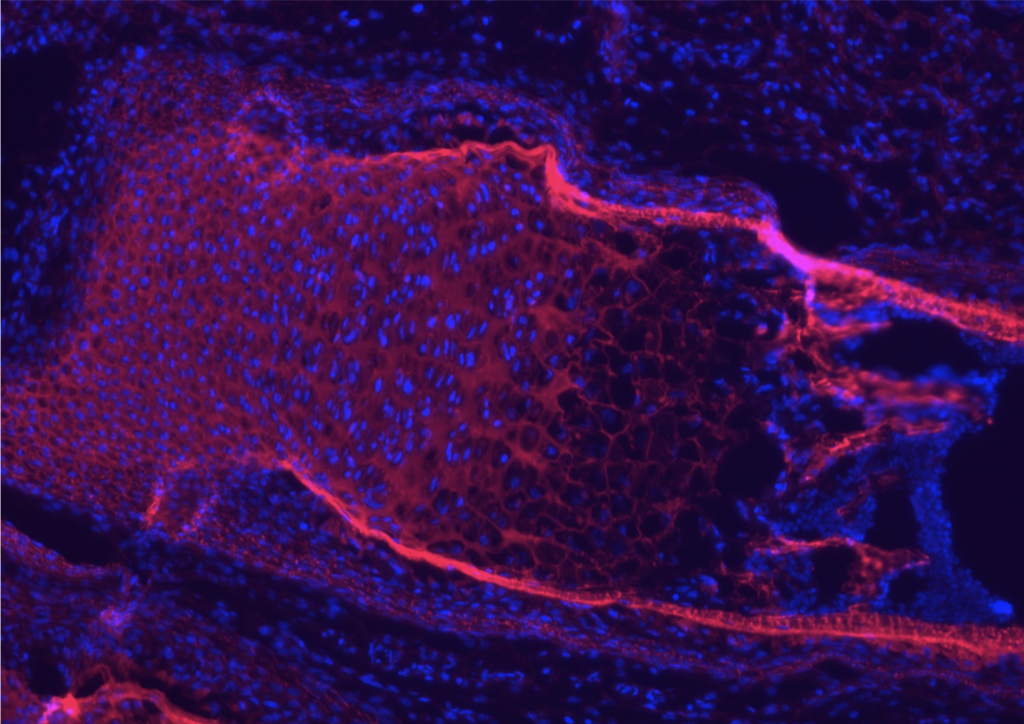
Quentin Bernard is a Microbiology student, his piece “Five, six, pick up Tick”, is an oxide’s scapularis tick stuck on its back before it was microinjected.
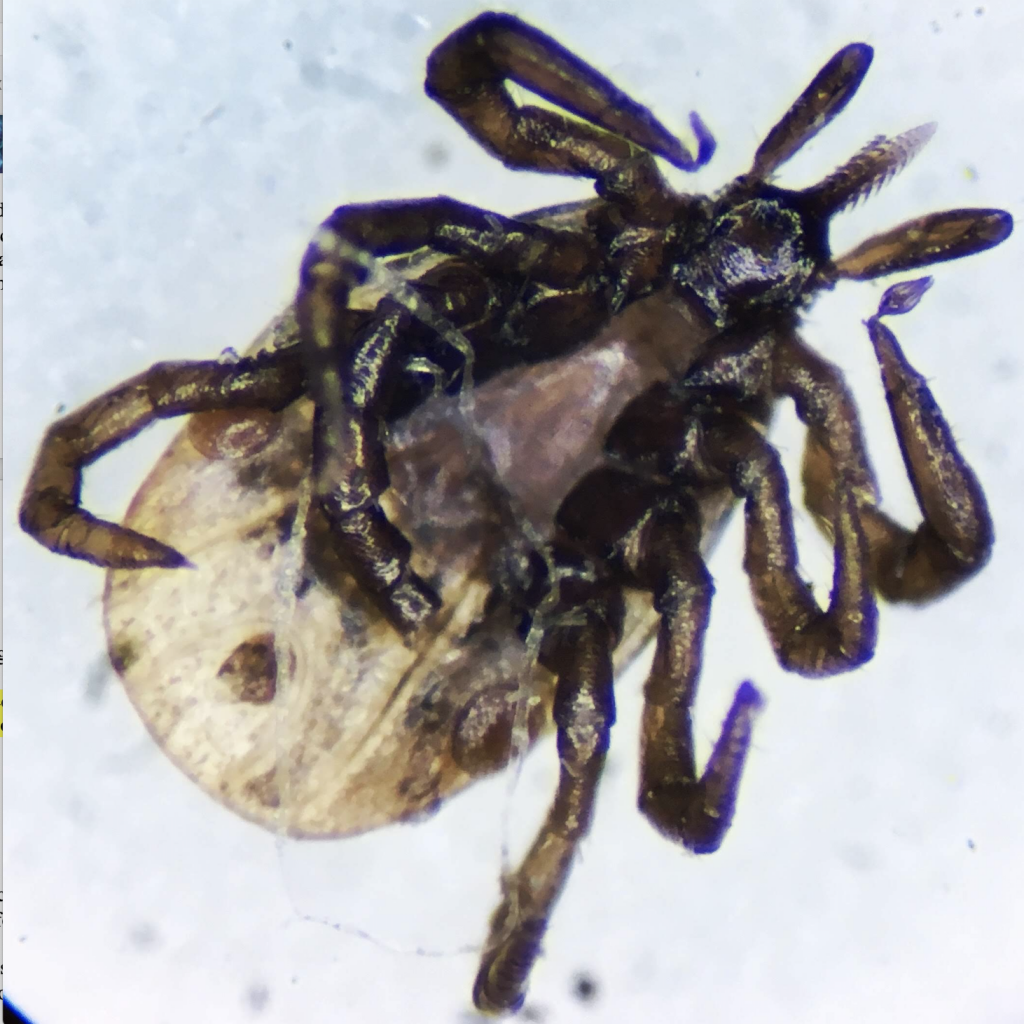
Alyssa DiLeo is a Neuroscience student. Her piece, “Possibilities: what went wrong with my western blot”, showcases the unfortunate results from a botched western blot.

Rachael Ryner is a CMDB student. Her piece, “Mermaid Mouse Brain”, is a fluorescent mouse brain section that has been immune-stained for beta-catenin and GABA in a CaMKII-Cre:Ai9 background.

Surendra Sharma is a CMDB student. His piece “The Dark Side of the Genome”, describes the long considered “dark matter” of genomes, regulatory noncoding RNAs like miRNAs and lncRNAs which are now recognized as key drivers and/or regulators of a variety of cellular processes.
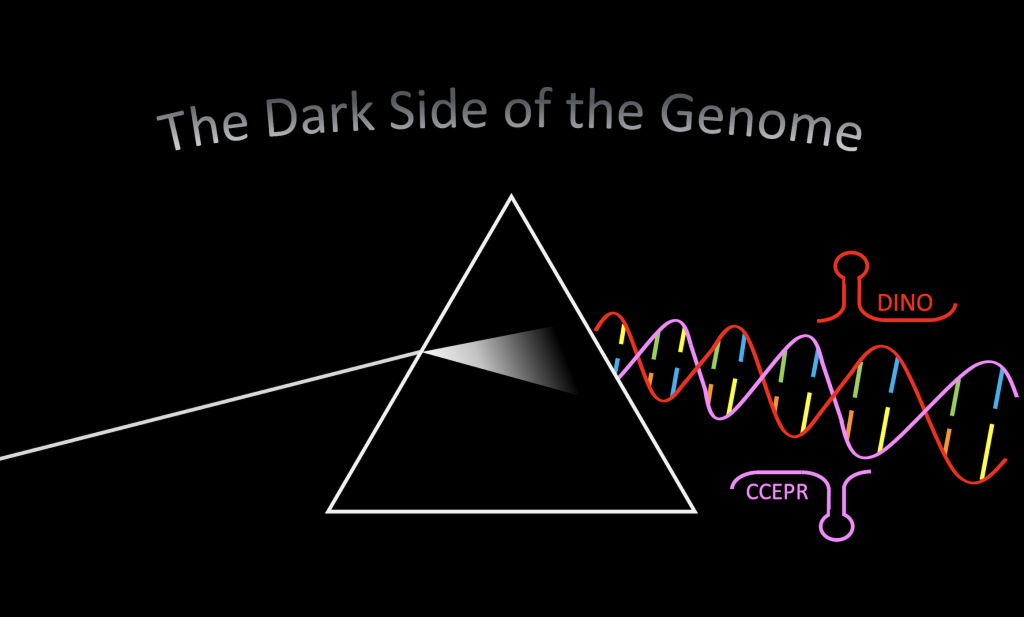
Dominique Ameroso is a Neuroscience student. Her piece “Alien Astrocytes”, showcases astrocytes in culture – or an alien waiting for host.
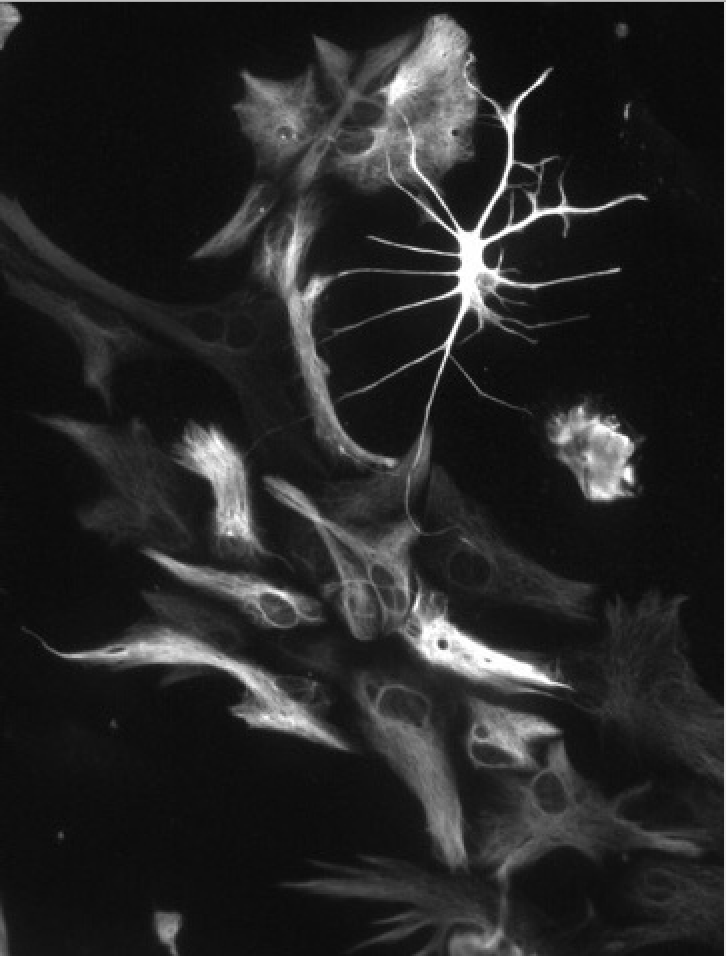
Pragya Singh is a CMDB student. Her piece” A network of collagen”, exhibits collagen bundles forming in 3D, specifically a collagen1 gel as a result of LOXL2 treatment.
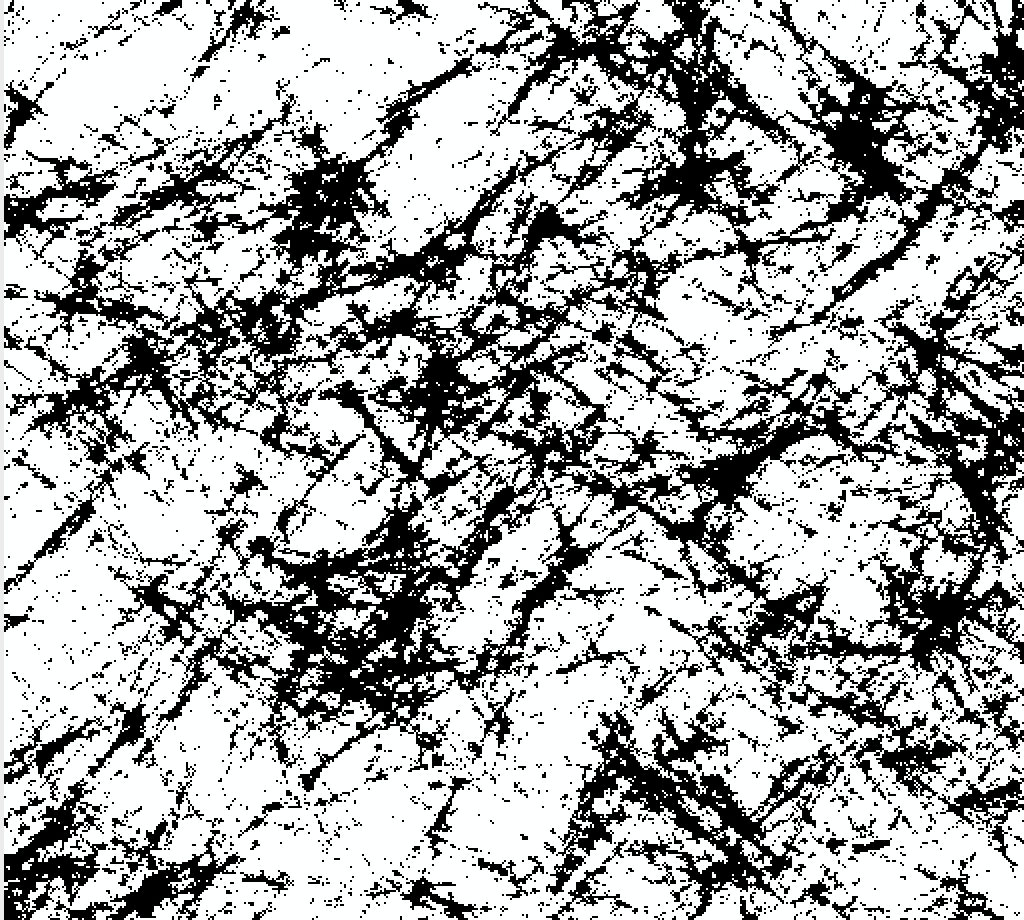
As scientists we have characteristics that by any dictionary definition would categorize us as artists. Naturally most scientists are curious. Our daily work requires us to be creative, take risks, and have a sense of passion for the work we do. The muse of a scientist lies in the continuous sense of adventure that comes from trying to uncover the unknowns in our projects. We don’t have to look too far for an example of an established scientist who struts his scientific muscles regularly. In our own Tufts community, our very own Dean, Dan Jay, is a visual artist who combines art and science to create pieces that express inspiration in science. This art competition was definitely a testament to our communities vibrant artistic abilities. Thank you to all those who participated and keep a look out for upcoming events and competitions.
References:
“Daniel Jay.” Daniel Jay | School of the Museum of Fine Arts | Tufts University, smfa.tufts.edu/directory/daniel-jay.

